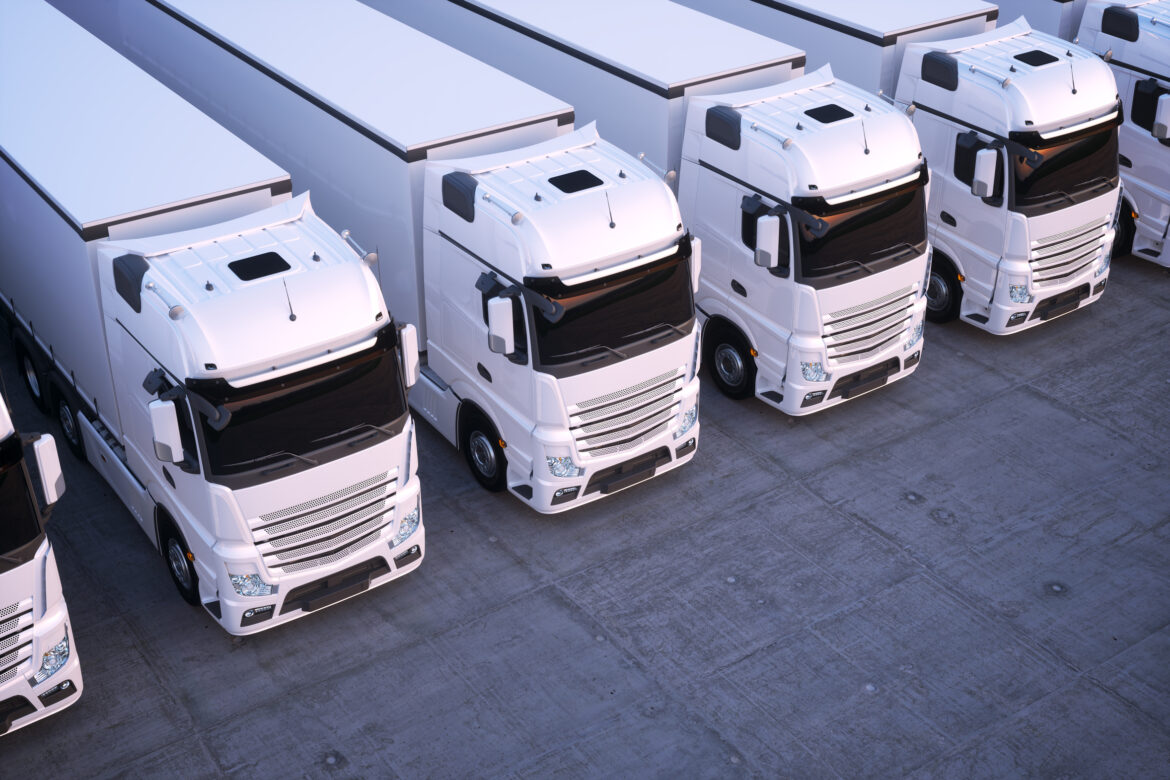Transport chains are marathons. You decide how to “run” them. You divide the marathon up cleverly in intermodal transport: the robust, environmentally-friendly railway covers the long distance with an extremely high payload, leaving two quick sprints for the truck: the first leg to the start terminal and the final leg from the destination terminal to the customer. In other words, the distance remains the same, but you change the disciplines. This brings you enormous benefits. Here they are:
1
You make significant savings in variable and fixed vehicle costs
In intermodal transport, you only need your tractor units for the comparatively short first and final legs by road. You can thus cut down on fuel and repairs, and use your operating resources for far longer. What’s more, your trucks are exempt from vehicle tax when used only for first and final legs. And you will only pay motorway tolls for the short first and final legs.
2
You gain capacity in terms of drivers and vehicles
In intermodal transport, you only use your trucks around the regional terminals. This means that more trucks and more drivers are available for your shipments – every single day. You can respond flexibly to shipping orders.
3
You reduce your investment risk and have less capital tied up
In CT, you need fewer tractor units to pull the same amount of trailers, containers and swap bodies. That’s because the main leg of the journey is covered by rail. Smaller vehicle fleet = less capital tied up. Combined Transport brings you sustainable growth – with far fewer risks in the process.
4
You gain 15 per cent loading capacity
Trucks used for road freight transport may have a total weight of 40 t, compared with 44 t for trucks used for the initial and final leg of intermodal transport. Four tons more laden weight – it pays off.
5
You are far less affected by working time regulations and driving restrictions!
Compliance with the “working time regulations for drivers” is obviously much easier on short regional routes. And when it comes to “exemptions in the event of driving restrictions”, CT shipments are sometimes exempt from driving restrictions during holiday periods and on Sundays and public holidays.
6
You benefit from predictability
Kombiverkehr offers you fixed timetables for delivery at the starting point and collection at the destination. You also have the use of buffer depots for the interim storage of transport units that are not vehicle- and driver-bound. You are, of course, aware of the cost of the main leg by rail prior to shipment as Kombiverkehr fixes all prices for the year. This means that you are less vulnerable to fluctuating energy prices.
7
You find it easier to recruit and retain personnel
A truck driver who spends every evening at home – a pipe dream? No, it’s a reality in intermodal transport. A winning argument for your recruitment team.
8
You increase the safety of your cargo fortyfold
Statistically speaking, your goods are 40 times safer in transit on the railway than on the road. Thefts and damage are much rarer on the railway. Good news for the transport of sensitive hazardous goods, high-value metals, car parts, food and many other goods.
9
You reduce your CO2 emissions substantially and contribute actively to climate protection
According to the Transport Emission Model (TREMOD) of the IFEU Institute in Heidelberg, every truckload shifted onto the railway reduces CO2 emissions by 60 g per ton and kilometre compared with transport by road alone. This equates in total to around 80 per cent less CO2. A powerful argument for the carbon footprint of your carriers too. Supplies of renewable energy from wind and water power even make completely CO2-free rail transport possible. What’s more, you improve the climate balance of your vehicle fleet. The equation is simple: Short regional routes = fewer journeys = lower diesel consumption = fewer pollutant emissions. And the railway has a very good energy balance because the high volume of transport is combined with lower energy expenditure.
10
You ease the burden on roads
Over 100 million tons are transported in CT every year in Germany alone. This equates to the removal of around 16,000 truck journeys a day from Germany’s roads. That’s great news for motorway users, the environment and our climate.
In short:
In intermodal transport, you use different modes of transport according to their strengths – within a multimodal transport chain. This allows each mode of transport to show what it can do. The railway carries large volumes of goods over long distances with a high degree of transport safety, whilst the road flexibly distributes the goods locally. When combined, the two modes of transport are unbeatable. And you arrive at your destination with a smile on your face. Great!


Comments are closed.